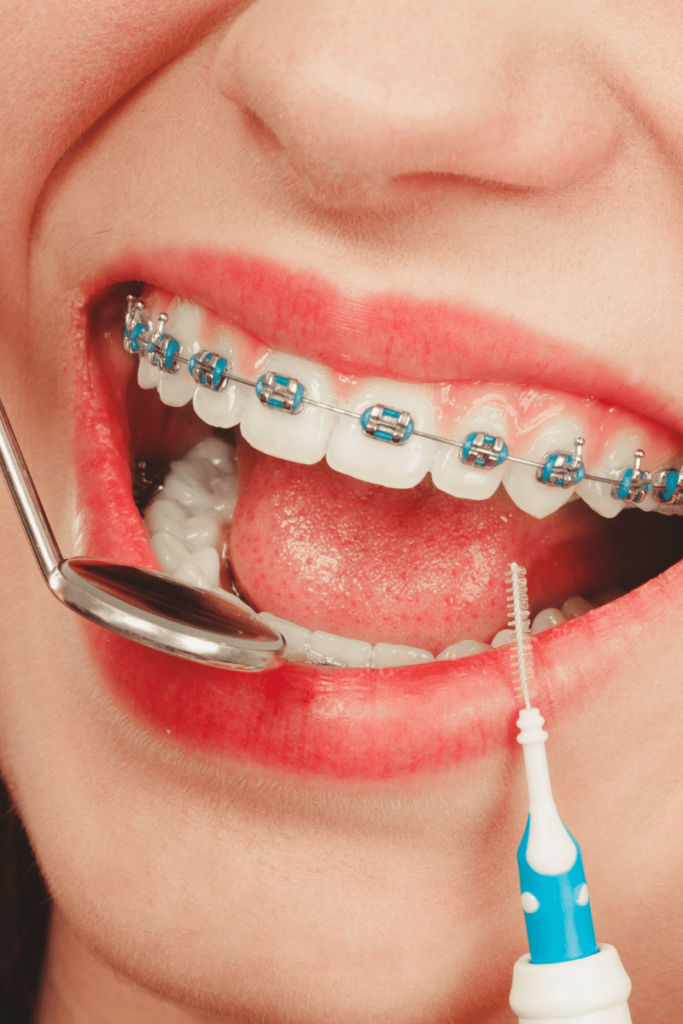Dr. Greg Morris: Your Orthodontic Expert
September 23rd, 2025

Choosing the right orthodontist is a crucial step toward achieving a healthy and beautiful smile. You know him & love him! However, we'd like to take a moment to introduce you to Dr. Greg Morris, the dedicated professional at the heart of our practice.
A Valdosta Native with Deep Local Roots
Dr. Morris is a familiar face to many in the Valdosta area. He grew up in Hahira and is a proud graduate of Lowndes High School. He continued his education locally at Valdosta State University before earning his dental degree from the Georgia Health Sciences University College of Dental Medicine.
A Passion for Orthodontics
After several years of practicing general dentistry in Valdosta, Dr. Morris pursued specialized training, completing his orthodontic residency at the esteemed Vanderbilt University Orthodontic Center. His commitment to continuing education and expertise in the field ensures that our patients receive the highest quality of care.
Dr. Morris is one of Georgia's leading experts in Invisalign care. His enthusiasm for treatment innovation and attention to detail sets him apart as a leader in his field.
Beyond the Office
When he's not helping patients achieve their best smiles, Dr. Morris enjoys spending quality time with his family. He and his wife, Megan, live in Valdosta with their four sons, Nicholas, Andrew, Connor, and Henry. The family enjoys a variety of outdoor activities, including football, biking, swimming, and boating. Dr. Morris is also an avid fan of college football and enjoys bird-hunting. He and his family are active members of Crossroads Baptist Church.
With his strong local ties, extensive training, and commitment to both his profession and his community, Dr. Morris is dedicated to providing personalized and compassionate orthodontic care to every patient. We are proud to have him lead our team!
Are you interested in improving your smile? Our office would love to help! Call us at (229) 245-1800 or online at http://www.hmorthodontics.com to book your complimentary consultation!

















